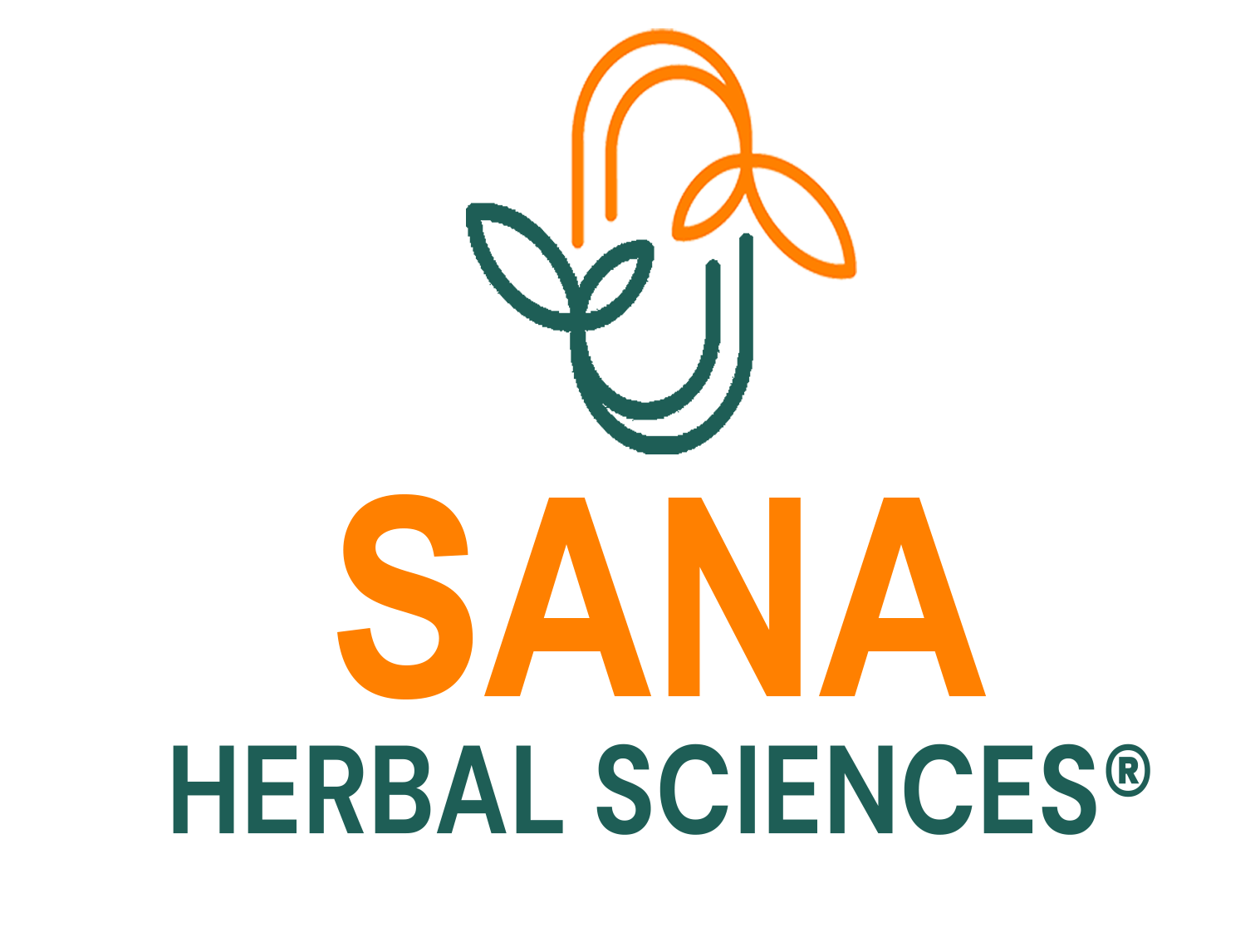Recent study showed that aging leads to a 30% reduction in ATP production and a decline in muscle oxidative capacity to just 36% of younger levels, resulting in the loss of muscle mass and function—known as sarcopenia—largely caused by mitochondrial dysfunction in skeletal muscle. Exercise emerges as a powerful intervention, increasing mitochondrial volume by 50.7%, enhancing oxidative capacity by up to 57%, and reducing oxidative stress markers by 17.5%, effectively reversing age-related declines and staving off sarcopenia. Below are the study’s key findings, distilled into a concise, number-rich format.
Key Findings from the Study
1. The Role of Mitochondria in Aging Muscle:
• Mitochondria generate 90% of cellular energy via oxidative phosphorylation.
• With age, mitochondrial efficiency (P/O ratio) declines, reducing ATP production and increasing oxidative stress.
2. Sarcopenia in Numbers:
• Older adults show a 30% reduction in ATP production compared to younger individuals.
• Muscle oxidative capacity in aged individuals is 36% of that in younger adults when corrected for muscle size.
• Type II muscle fibers generate 2–3 times more reactive oxygen species (ROS) than type I fibers, leading to their preferential loss with aging.
3. Exercise as an Intervention:
• Endurance training increases mitochondrial volume by 50.7% after 16 weeks and enhances the activity of key electron transport complexes (III, IV, and V).
• Resistance training (RT) improves mitochondrial coupling and oxidative capacity by 65%, even without increasing mitochondrial volume.
• Concurrent training (CT), combining resistance and endurance training, produces the most robust results, amplifying mitochondrial biogenesis and oxidative phosphorylation.
4. Exercise Intensity Matters:
• High-intensity interval training (HIIT) triggers a 10.2-fold increase in PGC-1α mRNA (a key regulator of mitochondrial biogenesis), compared to a 3.8-fold increase from low-intensity exercise.
• Moderate-intensity endurance training can restore mitochondrial enzyme activity to youthful levels in just 12 weeks.
5. Mitochondrial Biogenesis and Repair:
• Aerobic training in older adults increases PGC-1α expression by 55% and reduces oxidative DNA damage (oxo8dG levels).
• Resistance training decreases oxidative stress markers by 17.5% and enhances mitochondrial fusion proteins like Mfn1 and Opa1.
6. The Synergy of Concurrent Training:
• CT enhances muscle quality and mitochondrial efficiency better than either modality alone.
• Performing resistance training before endurance training (SE sequence) maximizes strength and oxidative benefits.
The study highlights how oxidative stress and mitochondrial dysfunction play critical roles in aging and muscle deterioration. Regular exercise combats these issues by improving mitochondrial efficiency, reducing ROS production, and supporting cellular repair mechanisms.
Similarly, Super Immune, crafted by Dr. Marco Sikaffy, is formulated to complement these natural processes by providing potent antioxidants that combat oxidative stress, support mitochondrial health, and promote cellular resilience. Just as exercise restores mitochondrial biogenesis and reduces oxidative damage, the herbal blend in Super Immune enhances your body’s ability to neutralize free radicals and maintain optimal immune and metabolic function—making it the perfect partner to an active lifestyle.
















